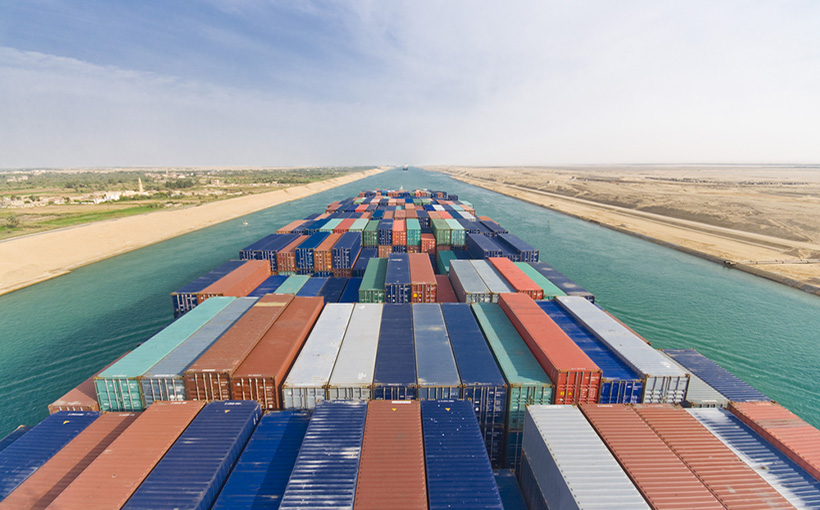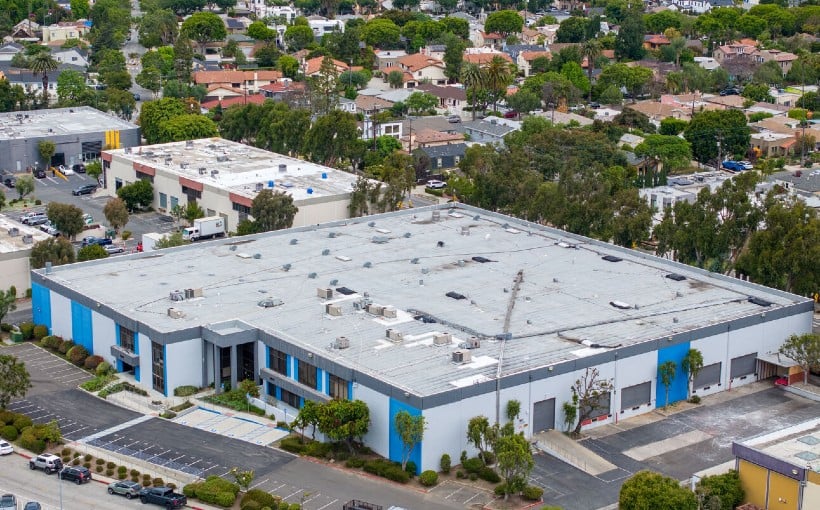Supply Chain Disruptions: How Houthi Rebels in Yemen are Affecting Global Trade
Despite hopes of a smooth recovery from pandemic-related supply chain disruptions, the situation has once again been thrown into chaos. This time, it is due to attacks by Houthi rebels on ships passing through the Red Sea in December 2023. While the threat from these rebels has decreased significantly, shipping companies are still avoiding using the Suez Canal for fear of further disruptions.
According to a recent report by JLL, approximately 12% of global trade and 30% of all containers pass through this vital waterway. As a result of safety concerns, shippers are either storing their goods in secure locations or taking longer routes to reach their destinations. The International Monetary Fund reports that shipping traffic through the Suez Canal has decreased by 20% compared to last year.
This trend is causing significant delays and increased costs for businesses worldwide,” states Lisa Graham , Director at JLL’s EMEA Industrial & Logistics Research & Strategy department.” Additionally,” she adds,” as companies face these challenges with delayed shipments and rising costs they have no choice but to re-evaluate their inventory management strategies.”
While blockages in the Suez Canal have occurred before – most notably when a container ship became stuck there for six days back in March – combined with other supply chain issues caused by COVID-19 shutdowns – many businesses now realize that relying solely on one route or region can be risky.
Graham notes that “over-reliance on one route or region is unwise” during times like this.” She suggests several ways U.S.-based firms could benefit from shifting logistics strategies:
1) Diversifying inventory locations . Moving away from just-in-time systems towards just-in-case methods allows businesses more flexibility when faced with unexpected events like those currently disrupting global trade.” By reducing reliance on factories and suppliers located only within one region,” says Graham, “companies can mitigate the impact of supply chain disruptions by reshoring production and expanding their supplier network closer to home.”
2) Fragmentation with trade partners . Incorporating only aligned trade partners into supply chains can help minimize risks during times of crisis.” If fragmentation becomes more widespread in Europe – where intra-regional trade is a significant part of many economies – we are likely to see an increase in reshoring and near-shoring activities,” explains Graham.
While these changes may take time and involve additional costs, they could ultimately lead to more resilient supply chains. In the meantime, businesses should focus on creating robust contingency plans and maintaining flexibility in their logistics operations.” The effects of reduced shipping through the Suez Canal will likely be temporary,” concludes Graham.” However, unexpected events like this serve as a reminder that having backup plans is crucial for any business operating within global markets.”
The post Supply Chain Disruptions: Still With Us appeared first on Connect CRE.




